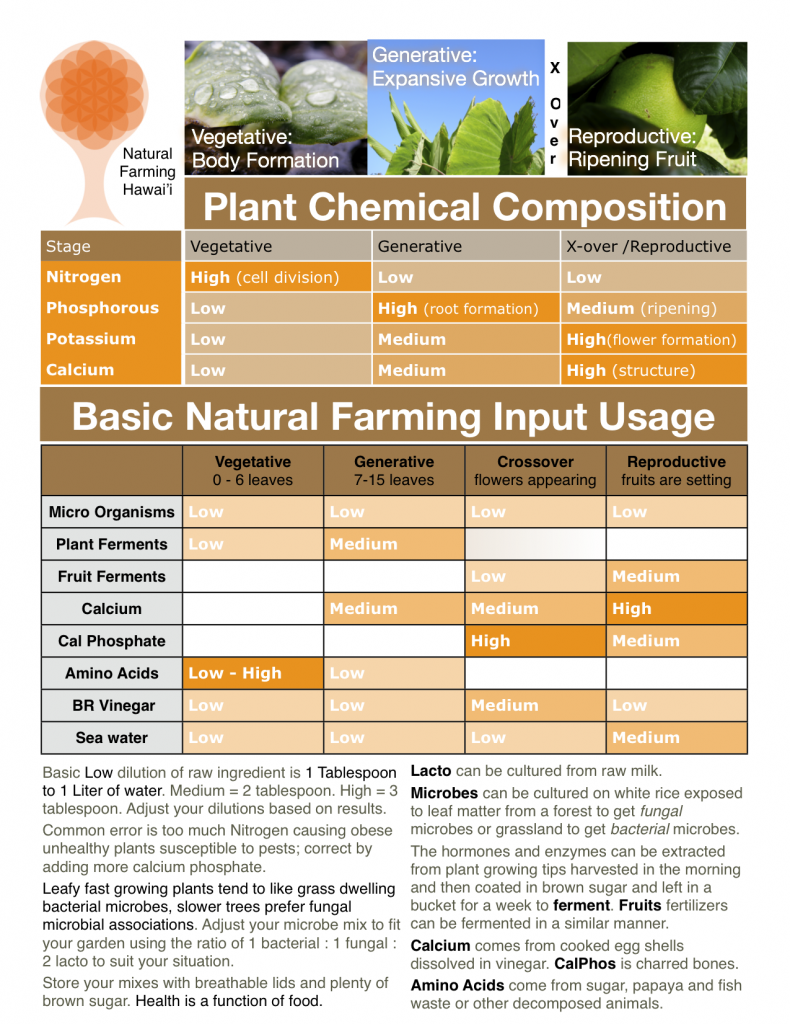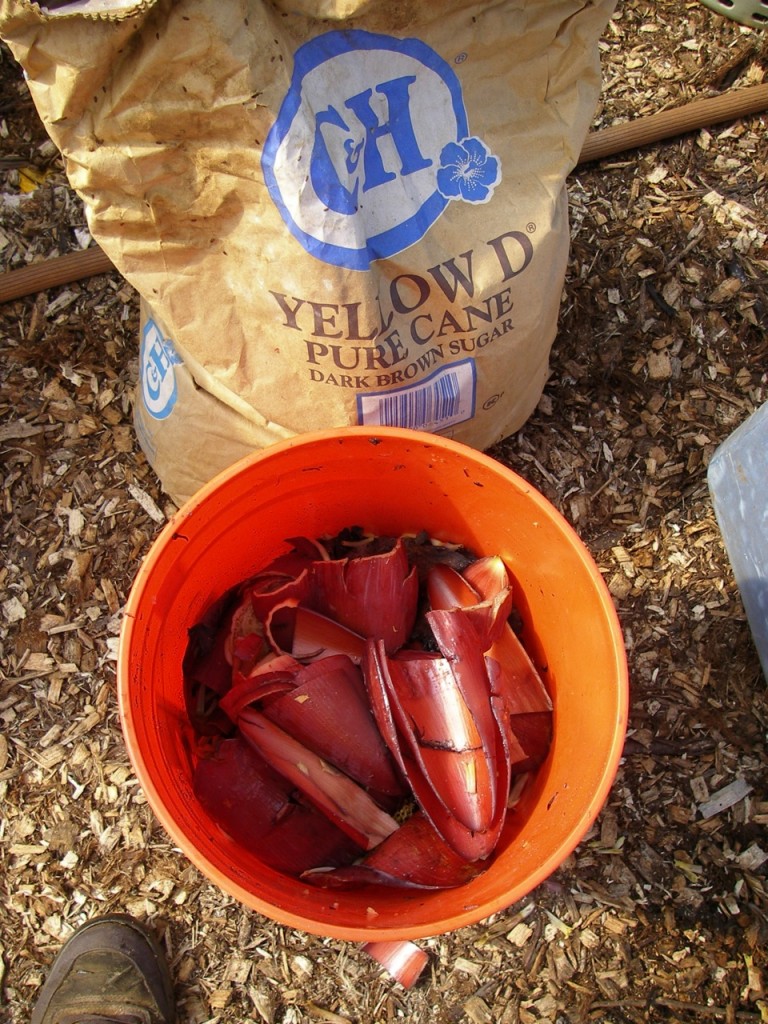Master Cho talked about the Bacterial Mineral Water (BMW) as the first topic at his Advanced Training in Kohala in 2011. He mentioned all the lava rock, and that this device is the key to restoring it’s ability to support plant life.
Official CGNF information on the Bacteria Mineral Water(BMW).
The key concepts of the BMW is that it is getting oxygen, minerals, and ample amounts of microorganisms saturated in the water.
Melting rock with water? Yes. The primary hardening component of Hawai’i island basaltic lava rock is Silicon (Si). This Si can be pulled out of the rock with oxygenated water. The loose O2 in the water will suck the Si out of the rock to form SiO2, a very stable compound, known better to us as glass. Notice how a fresh lava flow will be very shiny, like glass. Then an old eroded lava flow, like the island of Kaua’i, looks just like the rock, minus the glass right? The rock as been transformed into a red dirt, and is primarily composted of the remaining Fe in an anaerobic forms.
to quote wikipedia:
Life on basaltic rocks
The common corrosion features of underwater volcanic basalt suggest that microbial activity may play a significant role in the chemical exchange between basaltic rocks and seawater. The significant amounts of reduced iron, Fe(II), and manganese, Mn(II), present in basaltic rocks provide potential energy sources for bacteria. Recent research has shown that some Fe(II)-oxidizing bacteria cultured from iron-sulfide surfaces are also able to grow with basaltic rock as a source of Fe(II).[8] In recent work at Loihi Seamount, Fe- and Mn- oxidizing bacteria have been cultured from weathered basalts.[9] The impact of bacteria on altering the chemical composition of basaltic glass (and thus, the oceanic crust) and seawater suggest that these interactions may lead to an application of hydrothermal vents to the origin of life.





















